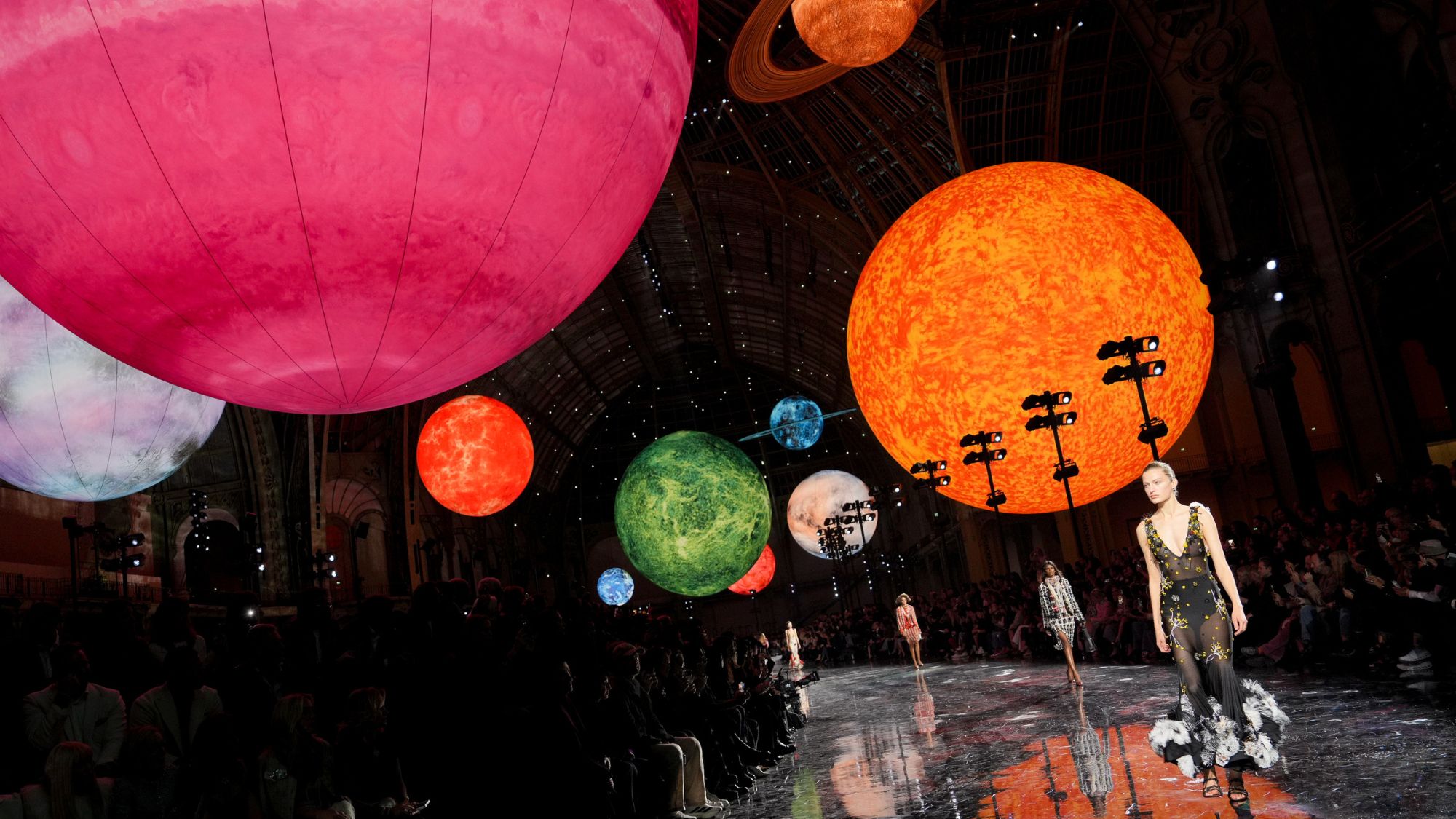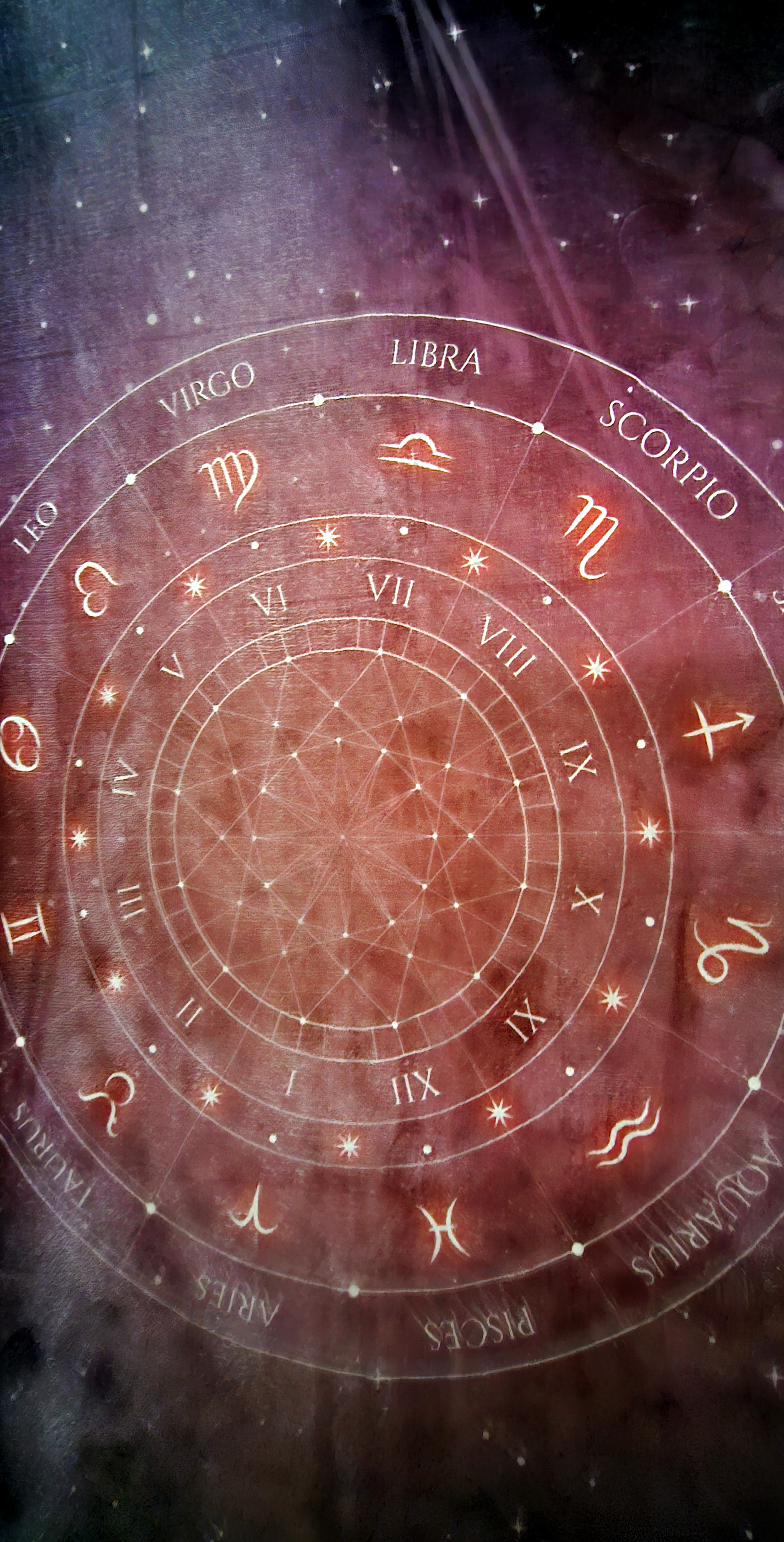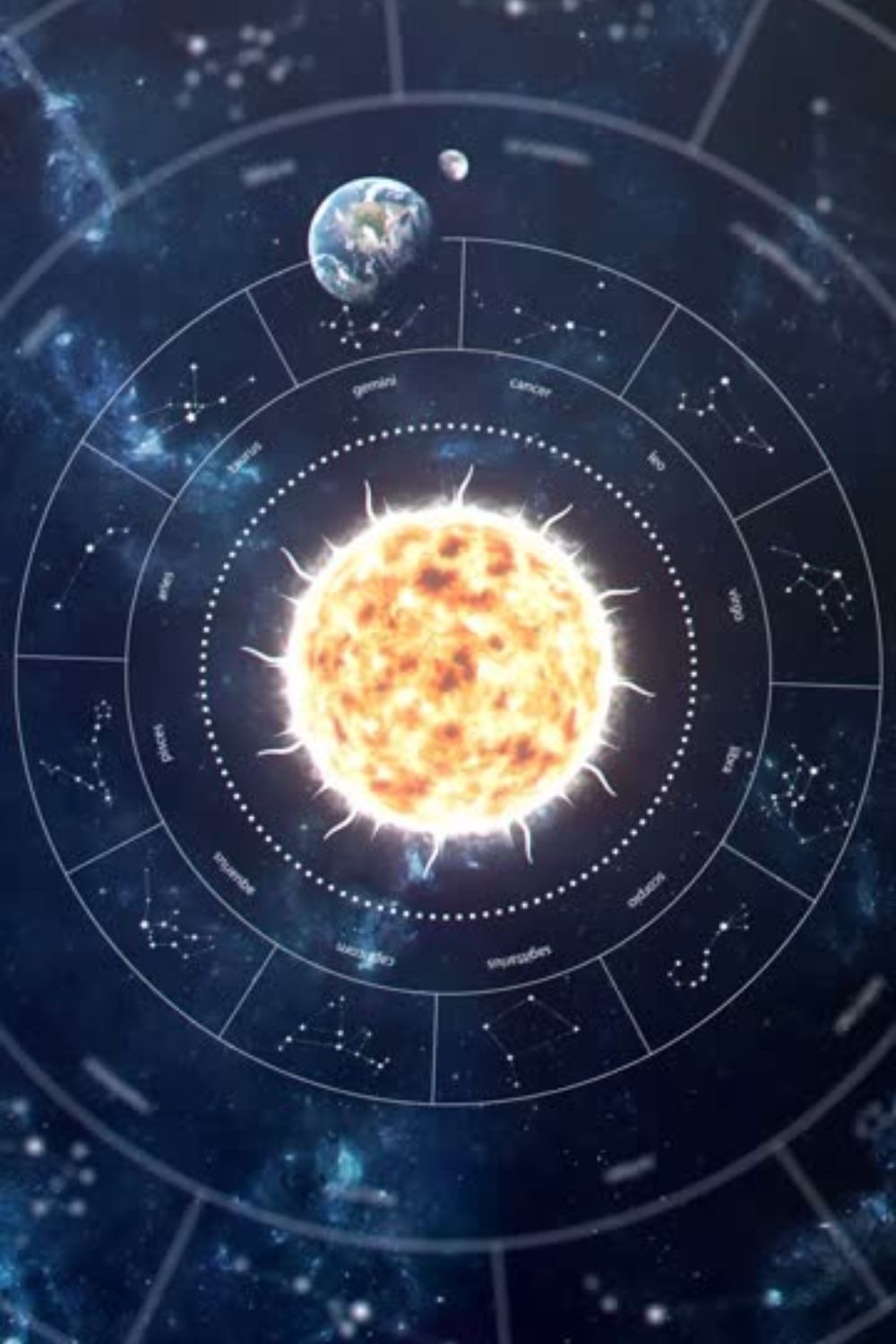I Used Astrocartography to Map Out My Next Holiday—Here’s What I Learned Following The Stars
Can the stars really tell you where you belong? A beginner’s guide to Astrocartography


As a little girl growing up in rural Devon, I’d spend hours leafing through Dorling Kindersley atlases (this was before the internet). I’d pore over maps of mountain ranges and moon phases, Arctic tundras and Amazonian canopies. I was even fond of a guidebook on world flags — a weird flex for a seven-year-old. Every page took me somewhere new, and I was antsy to grow up and get there already.
I did grow up, but somewhere between studying and securing that all-important first job… then second… then third, I missed out on the places I’d dreamed of. It also turns out you have to pay to travel, which Kindersley had failed to mention.
I’d hazard a guess that if you’re reading this, you like travelling, too. Enjoying a holiday is hardly groundbreaking, but what’s a little more unexpected is astrocartography — a relatively new (since the 70s) offshoot of astrology that maps how different places on Earth influence your astrological energies and experiences.

Astrocartography, a branch of astrology, maps how the location of planets at your birth can influence your experiences in different places around the world.
“Astrocartography simply takes your birth chart and maps it onto a map of the world... I like to call it Tinder for places. It shows you what cities you match with — and what cities you might not be a good match for,” Clarisse Monahan — author of Astrocartography and Soho House’s resident celestial guide — told me, as she pulled up my birth chart, a looping maze of planets, houses, and lines stretched across a world map like ley lines. “Astrocartography helps hone in… the world is such a big place.”
It’s that second part that I was most drawn to. See, as much as I subscribe to the well-worn idea that a trip away might hit “reset” on whatever’s weighing me down, I get overwhelmed choosing where to travel. I am, after all, a Libra. So, the idea that I might absolve responsibility and instead follow someone else’s direction — that someone being the literal universe — was an intoxicating idea.
I’d imagined that turning 18 would mean the world would simply unfurl in front of me, but it turns out that, alongside being expensive, travelling is also kind of administrative. When you only have 28 days of annual leave, how do you choose where to go? Mostly, I’ve gone where the flights were cheap. Until now, the most strategic thing I’ve done is use Skyscanner’s “Everywhere” tool.
But after one conversation with astrologer Monahan, I started wondering whether I hadn’t been simply choosing destinations at whim. Maybe I’d been drawn to them. Stay with me here, because I know I’m teetering atop woo-woo mountain. Monahan explains that where the planets were positioned at your birth can influence the places you’re instinctively pulled toward, and how those places make you feel.
Celebrity news, beauty, fashion advice, and fascinating features, delivered straight to your inbox!
When understood — or professionally unpacked, as Monahan did for me — astrocartography offers a kind of navigational magic. Not a vague horoscope, but a planetary imprint that maps where in the world you might feel most radiant, most inspired, most yourself.
It’s something we’ve all likely experienced, even if we didn’t have the language for it. That easy charm Paris wrapped me in? The sense of calm I slipped into in Vancouver? Apparently, those weren’t just happy byproducts of being in a new destination void of drudgery and responsibility — my sun and moon lines ran through those cities.
A post shared by The Shelf Help Club (@shelfhelp.club)
A photo posted by on
Bali, by contrast, has my Mars line running through it. And as Clarisse says, “Mars is the planet of action and strife — the warrior planet — so having a Mars line can make a place super busy, hectic, and sometimes hard to relax in.” I shuddered in recognition, thinking of my trip there last year.
Thanks in no small part to Eat, Pray, Love, I’d wanted to visit Bali for years. And while I did have a transformational experience, outside of a particularly lavish press-trip wellness retreat, I found it hard to access the serenity I’d always imagined the island would offer me.
When I asked how long you need to stay somewhere to feel it, she smiled. “You can feel it straight away. The more intentional you are, the better.” She likened astrocartography to wearing a planetary talisman and recommended doing activities that align with a line’s energy. “If you're going to a Venus line, you want to be doing Venus-type activities — love, pleasure, beauty treatments, sometimes cosmetic surgery,” she said. “Whereas if you're going to a Mars line, it's more action-packed activities.”

Again, I thought back to the times I’d felt exactly where I needed to be. Right place, right time, and all that. Like when a last-minute opportunity to go to LA came up after a particularly painful few weeks.
“In LA, there’s this green line called Chiron — the wounded healer — representing both wounding and healing,” Clarisse explained. “Chiron was this centaur who suffered intense pain but could heal others. It’s interesting that you went there to recover a little. That’s very Chiron energy.”
There’s something deeply feminine, ancient, even, about the idea that your body knows things long before your mind catches up. And as someone often torn between logic and intuition, I found comfort in Clarisse’s practical approach. “We’ve all been on those trips where everything kind of works out and we feel like, oh my God, I could live here... and then trips that should’ve been great but weren’t. Astrocartography could help answer those questions.”
What I learned is that astrocartography isn’t prescriptive. My reading wasn’t about “go here, avoid there.” It was invitational. “Instead of waiting for the transit, astrocartography offers a way of shortcutting it — and going straight there,” says Clarisse. But you have to be intentional. A Neptune crossing won’t write the book proposal for you, but it might unlock the idea.
I’ll turn 35 next week, just as Venus moves into Libra — my sun sign. I’ll be spending the day in southwest Ireland, where my partner and I both have lines running through. It’ll be the first time I’ve astrologically planned a trip — knowingly, at least.
I’m starting to learn that travel, like astrology, doesn’t have to be loud to be life-changing. I'm warming to the idea that rest can be revelatory (more of a novel concept than I’d like to admit).
I don’t know what Ireland has in store, but for what I think is the first time ever, I know a little of what I want to get out of this trip. I’m not saying the stars have all the answers, but paying attention to where I might feel most like myself has turned out to be a surprisingly practical way to decide where to go next.
How to Get Started with Astrocartography
- Get your exact birth details: You’ll need your date, time, and place of birth — as precise as possible. Even a few minutes can shift your chart.
- Generate your astrocartography map: Use a free online tool like Astro.com or AstroSeek to create your map.
- Understand the planetary lines: Each line on the map represents a planet and the energy it brings...
- Sun: vitality, visibility, confidence
- Moon: emotions, comfort, intuition
- Venus: love, beauty, ease
- Mars: drive, energy, conflict
- Jupiter: luck, growth, abundance
- Saturn: discipline, responsibility, challenges
- See which lines run through places you’ve visited or lived: Notice where you’ve felt at home, energised, challenged, or inspired — and see if they correspond with any major planetary lines.
- Experiment with intention: If you're planning a trip, try choosing a destination where a line that aligns with your goals (rest, romance, creativity, etc.) runs through. See how it feels.
- Consider a professional reading. Once you're familiar with the basics, a session with an astrologer like Clarisse Monahan can help interpret your chart in a deeper, more personalised way — especially how lines intersect with your natal planets.

Mischa Anouk Smith is the News and Features Editor of Marie Claire UK.
From personal essays to purpose-driven stories, reported studies, and interviews with celebrities like Rosie Huntington-Whiteley and designers including Dries Van Noten, Mischa has been featured in publications such as Refinery29, Stylist and Dazed. Her work explores what it means to be a woman today and sits at the intersection of culture and style. In the spirit of eclecticism, she has also written about NFTs, mental health and the rise of AI bands.